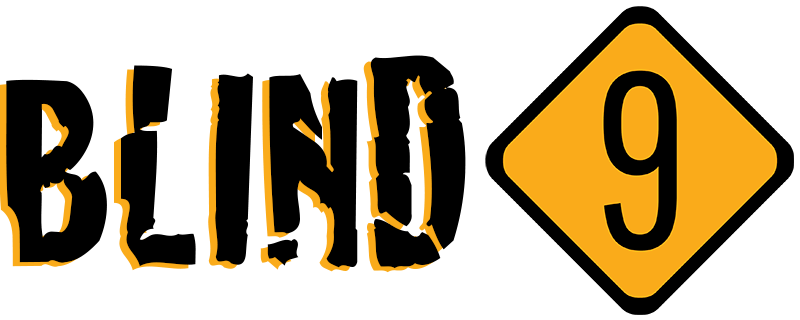My wife reminds me all the time that she likes to go about her days with a plan, mostly around what we’re going to do and how we’re going to do it. After years of marriage I’ve come to appreciate this attitude – although I can veer off script if needed.
What works in marriages also works in duck hunting, as my buddy and I found out on this early December hunt. He got a good draw at Ridgefield National Wildlife Refuge on December 3, 2015 and ended picking third. After checking out the the hunting statistics for the prior three weeks and accounting for the weather, we opted for Blind 16, which offered the potential of a good number of birds along with the shelter of a box blind on this rainy day.
Neither of us had hunted this blind though we did clean it out before hunting season one year and remembered it had a good location, on stilts and nestled in the branches of some trees – cottonwoods I think. It’s a pretty short walk from the parking area and the only real challenge is that the water can get deep around it, especially as waters rise. On this day it was above my belly button in sections – I’m 5’9″. The blind features about 270-degrees of water around it, which gave us a lot of options.
We dumped our gear into the box and made the plan. Wind was expected to come from the South, primarily, so we decided to place decoys in the ponds to the east and west of the north-facing blind. This would leave plenty of open water right in front of the blind and deny birds adequate landing zones to the sides. We wanted the birds to be flying right towards us, feet down to land. If they flared they would go left or right. Since I’m a left-handed shooter I would take the right side of the blind and shoot at the lead bird on left-to-right passes. Tim, a righty, would take the lead bird on right-to-left passes.
Goose season was still open at this time, so we discussed what we would try to accomplish with geese. The blind doesn’t offer a place to set up goose decoys, but its proximity to roosts on the non-hunting portion of the refuge means it would get plenty of flyovers. We would attempt to down a goose provided they were low enough. What that means for me is the birds need to be low enough for me to be able to see clearly the color of their breast feathers (dusky or not?), which I hope equates to about 35 yards or less, directly overhead. I know this is not ideal and I will get some flack from goose hunters who wait patiently in fields for those landing-gear moments. But the reality at Ridgefield is that unless you are in one of the two dedicated goose blinds you stand little chance of this.
Plan in place, we settled into the blind and waited for legal shooting time.
Throughout the course of the day the hunt pretty much went according to the plan. In fact, one of our first opportunities at ducks gave us a shot at a pair of Northern Shovelers, passing 15 yards in front of the blind left to right. I took the lead drake and my buddy took the following hen. It sounds trite but when things go according to plan when you’re duck hunting you start to think you’re actually hunting and not just getting lucky.
A few birds deviated from the script, including a Gadwall and a Pintail, birds I dropped with quality 20-yard shots but could not retrieve. The Gaddy jumped out of the weeds and flew away as I approached it and the Sprig dropped into the weeds at the right of the blind and disappeared. It’s not the first Pintail I’ve dropped so close only to lose because they dive and scurry away or dive and die under water. We need a dog!
We ended up with 9 ducks in the bag that day, all but a lone Bufflehead were Shovelers. In fact, we stopped shooting at Shovelers during the last two hours of the hunt because we wanted to try to get a Pintail or two. Starting about mid-morning flocks of them would come in high above us and break up. Plenty gave us looks and some even got close enough for us to take a shot, but we didn’t manage to bag any.
The most satisfying part of the hunt happened when we heard a lone cackler calling out. I grabbed my goose call and began barking back at it, with short mimicking calls. It flew straight towards the blind looking for the goose and descended finally just above the blind. My buddy took the shot and hit it, but it fought through the wound and drifted about 125 yards away into an adjacent field. My buddy made a plan. “I’ll go out there and look for it. When I get to the road you start calling and I’ll look for it to poke up its head.” I watched from the blind. When he got to the road I started calling. He walked out of view behind some trees but I kept calling. A few minutes later I heard him shoot.
When he returned to the blind with the cackler, he said, “As soon as you started calling that goose started moving and I was able to get to it. It happened just like we planned it.”

